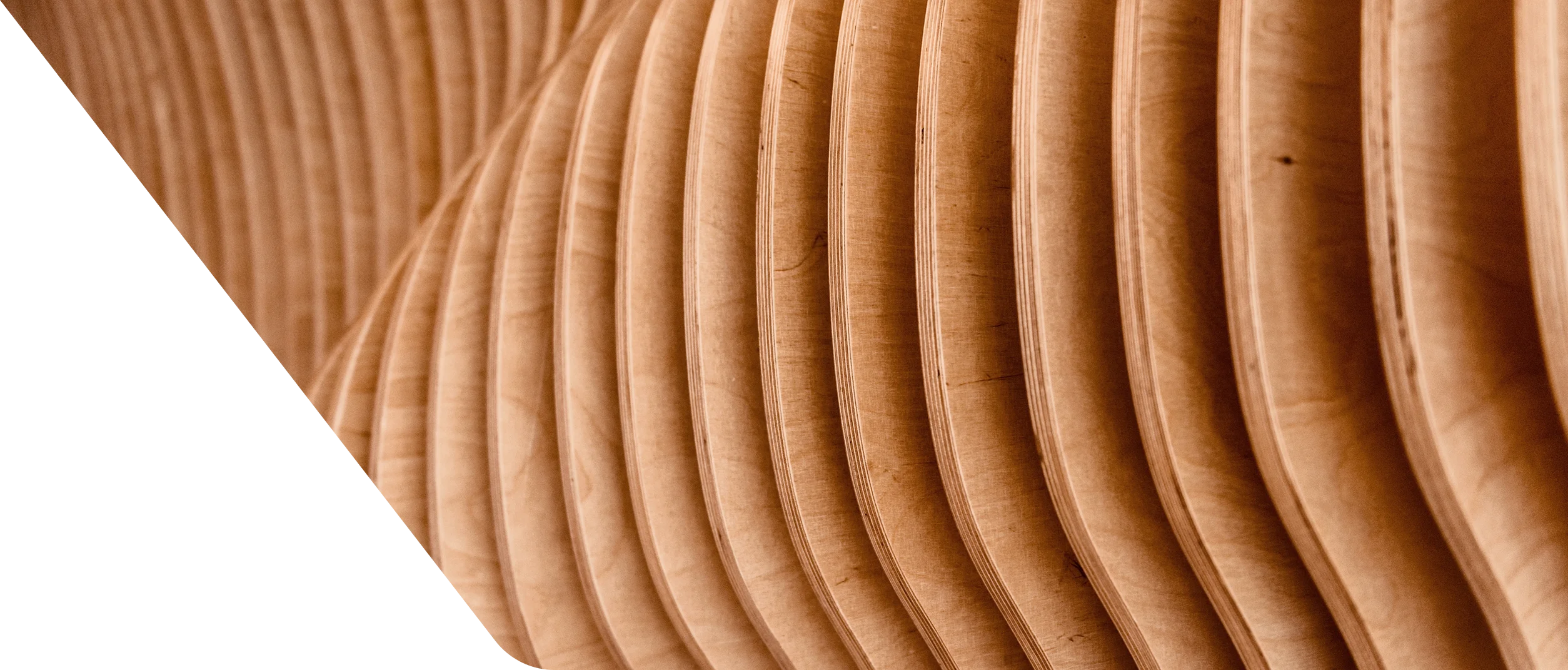ANSI/AWI 0622.0646–2024 - Millwork & Wood Trim
3.4 Aesthetic
a) Aesthetic performance, in relation to this standard, refers to and is an evaluation of surfaces exposed following installation.
b) The three levels of aesthetic grades are Premium, Custom, and Economy:
| Premium | Custom | Economy |
|---|---|---|
| The aesthetic grade defining the highest degree of control over materials, workmanship, and manufacture. | The aesthetic grade defining a high degree of control over materials, workmanship, and manufacture. | The aesthetic grade defining the minimum degree of control over materials, workmanship, and manufacture. |
c) Cores shall not be exposed.
d) At opaque finish, natural characteristics and manufacturing defects are permitted, provided the surface is filled solid and inconspicuous.
e) Voids, wane, and unfilled knots are permitted when concealed after installation.
f) Fastener holes in pre-finished Product shall be filled with matching joint filler (putty).
g) Exposed fasteners are not permitted, except at access panels.
h) Fasteners, at exposed surfaces, shall be kept to a minimum, countersunk, filled, and compatible for color. Wherever possible, penetrate through quirks and/or reliefs.
i) Repairs shall be inconspicuous.
j) For interior applications, surfaces requiring factory finish shall be in accordance with ANSI/ AWI 0400 Factory Finishing (latest edition).
3.4.1 Exposed Surfaces, Transparent Finish
a) Adjacent surfaces shall be:
| Premium | Custom | Economy |
|---|---|---|
| Well-matched for color and grain | Compatible for color and grain | Compatible for color and grain |
b) Exposed trim component ends shall be:
| Premium | Custom | Economy |
|---|---|---|
| Miter returned | Profiled or miter returned | At the option of the manufacturer/supplier |
3.4.2 Radius Assemblies, Transparent Finish
a) Adhesives shall be compatible for color to laminated material.
3.4.3 Closet and Utility Shelving
a) Unassembled shelves, dividers, and cleats shall be furnished cut to width in lengths suitable for installer fitting.
b) Maximum gap at either end of shelf and wall shall not exceed 6.4 mm [.250”].
c) Ends of shelves specified as more than 6.4 mm [.250”] away from the wall shall be an exposed edge.
d) Closet rods shall be supported a minimum of 1219 mm [48”] on center.
e) Utility standards and brackets shall meet manufacturer/supplier spacing requirements.
3.4.4 Edges
a) When not solid wood, visible edges shall be edgebanded with solid wood, veneer, or veneer tape a minimum of .5 mm [.018”] thick and:
| Premium | Custom | Economy |
|---|---|---|
| Same species as panel face and well-matched for color and grain | Same species as panel face and compatible for color and grain | Same or compatible species at the option of the manufacturer/supplier |
b) Edgebanding shall be applied before or after the face material.
c) Finger joints in veneer tape used as edgebanding are permitted.
d) Solid wood when applied as an exposed edge, finger joints are:
| Premium | Custom | Economy |
|---|---|---|
| Not permitted | Permitted at one per 2438 mm [96”] of edge length | Permitted |
a) Visible edges shall be filled and sanded MDF; or edgebanded with paintable PVC, paintable ABS, closed-grain hardwood veneer, or closed-grain solid wood.
b) Edgebanding shall be applied before or after the face material.
c) Finger joints in veneer tape used as edgebanding are permitted.
d) Solid wood when applied as an exposed edge, finger joints are:
| Premium | Custom | Economy |
|---|---|---|
| Not permitted | Permitted at one per 2438 mm [96”] of edge length | Permitted |
a) Visible edges shall be edgebanded or MDF core painted compatible to exposed face, to preclude show-through of core.
b) Edgebanding shall be applied before or after the face material.
c) Edges shall be HPDL, PVC, or ABS a minimum of .5 mm [.018”] thick and a maximum of 3 mm [.118”] at the option of the manufacturer/supplier.
d) PVC and ABS edgebanding thicker than 1 mm [.039”] shall be radiused or beveled on edges and corners.
e) PVC and ABS shall be compatible with the exposed face.
f) HPDL edgebanding shall match exposed surfaces.
a) Exposed edges of panel product shelves, dividers, and cleats shall match exposed face; edgebanded or prepped for opaque finish, edgebanded with paintable PVC, paintable ABS, or filled.
b) Adjoining adjustable shelf ends shall match exposed face; edgebanded or prepped for opaque finish, edgebanded with paintable PVC, paintable ABS, or filled.
c) When miter folded, exposed edges shall have no open gaps and be filled or sanded.
3.4.5 Tolerances
a) Machining rules for exposed surfaces shall comply with smoothness requirements.
b) Sharp edges shall be eased.
c) Flat wood surfaces require a minimum of:
| Premium | Custom | Economy |
|---|---|---|
| 150 grit sanding | 120 grit sanding | 15 KMPI or 100 grit sanding |
d) Profiled and shaped wood surfaces require a minimum of:
| Premium | Custom | Economy |
|---|---|---|
| 120 grit sanding | 20 KMPI or 120 grit sanding | 15 KMPI or 100 grit sanding |
e) Turned wood surfaces require a minimum of:
| Premium | Custom | Economy |
|---|---|---|
| 180 grit sanding | 120 grit sanding | 15 KMPI or 100 grit sanding |
f) Visible sanding marks, excluding turned surfaces, shall be inconspicuous.
g) Tear out, nicks, and/or hit and miss machining is not permitted when visible after installation.
h) Glue or joint filler (putty), when used, shall be inconspicuous and match the adjacent surface for smoothness.
a) Shall be assembled to meet the tolerances defined within this standard and be securely attached, with any adhesive residue removed from exposed surfaces.
b) Gaps at factory joints not exceeding the widths indicated shall be permitted if filled with compatible for color material.
c) Gaps at miter or butt joinery shall not exceed:
| Premium | Custom | Economy |
|---|---|---|
| .3 mm [.012”] by 20% of the joint length | .4 mm [.016”] by 20% of the joint length | .6 mm [.025”] by 20% of the joint length |
d) Gaps at parallel surface joints shall not exceed:
| Premium | Custom | Economy |
|---|---|---|
| .3 mm x 101.6 mm [.012” x 4”] and shall not occur within 1829 mm [72”] of a similar gap in the same joint | 4 mm x 152.4 mm [.016” x 6”] and shall not occur within 1524 mm [60”] of a similar gap in the same joint | .6 mm x 229 mm [.025” x 9”] and shall not occur within 1219 mm [48”] of a similar gap in the same joint |
e) Gaps at exposed surface edge joints shall not exceed:
| Premium | Custom | Economy |
|---|---|---|
| .3 mm [.012”] | .4 mm [.016”] | .6 mm [.025”] |
a) Wood to wood at miter or butt joinery shall not exceed:
| Premium | Custom | Economy |
|---|---|---|
| .1 mm [.004”] | .2 mm [.008”] | .3 mm [.012”] |
b) Wood to non-wood at miter or butt joinery shall not exceed:
| Premium | Custom | Economy |
|---|---|---|
| .3 mm [.012”] | .4 mm [.016”] | .6 mm [.025”] |
c) Non-wood to non-wood at miter or butt joinery shall not exceed:
| Premium | Custom | Economy |
|---|---|---|
| .3 mm [.012”] | .4 mm [.016”] | .6 mm [.025”] |
a) As a lineal ratio, per 305 mm [12”] in the diagonal, width, and/or length, warp of Product (See Figure 5-E) shall not exceed:
| Premium | Custom | Economy |
|---|---|---|
| .8 mm [.031”] | 1.2 mm [.047”] | 1.6 mm [.063”] |
(Measurements for warp shall be taken on the concave face of the panel.)



